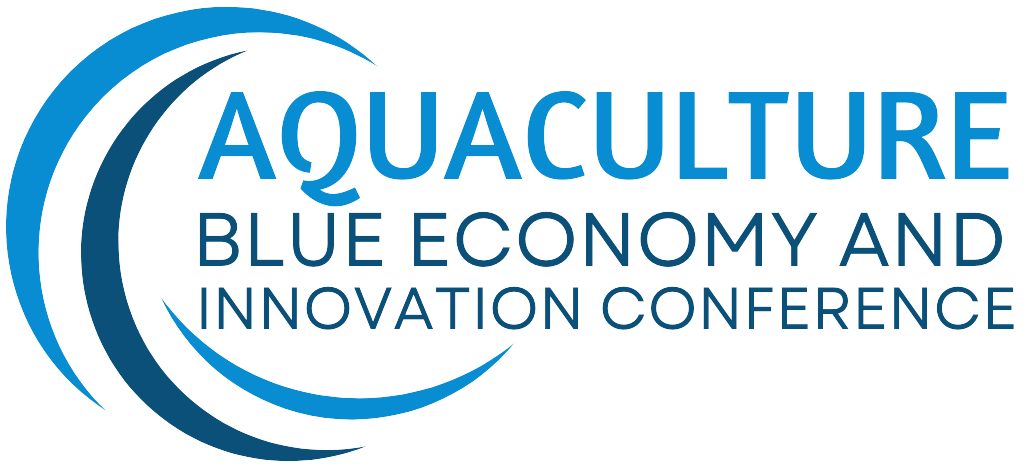Employing Aquaculture Innovations to Catalyze Growth in Blue Economy
- Home
- Sub-Themes
Aquaculture blue economy experts and practitioners are expected to present papers focusing on the following sub-themes:
- Youths (Gen Z) And Aquaculture
Youths are the backbone of food industry in Kenya, However, they have been left behind in decisions regarding food production due to a number of factors. It is important to note that higher youth participation in aquaculture is critical as to ensure sustainable food production in future. Amongst the key systems of support to be put in place include favorable policies, appropriate infrastructure, financial support, social network support and opportunities to develop technical skills.
- Role of Financial Institutions in supporting the sector
Financial support to small and medium scale fish farmers can be the building block for turning around fish production in Kenya. Despite recognition of this, Financial institutions have not positively responded to the call for their intervention in the Aquaculture blue sector. There is need to interrogate factors hindering financial institutions from participating in the development of aquaculture blue economy sector.
- Academic Institutions promoting aquaculture and blue economy
It is important to note that lately, there have been rigorous efforts to introduce and establish aquaculture and blue economy courses at all levels in various academic institutions, which points to the emergence of crucial complimentary role the sector is destined to play as an alternative to Agriculture as the mainstay of Kenya’s economy. It is in the interest of all stakeholders and in particular small and medium scale fish farming community, for the academic institutions to share a variety of identified challenges affecting improvement of fish farming and possible solutions.
- National Government and County Government Roles: Policy and Business Environment
Regulatory policies are preconditions for realizing growth in the aquaculture and Blue economy sector. The policy regulations are required to ensure efficient and effective utilization of the scarce freshwater and marine resources for the benefit of all stakeholders. There is need for the National and County Government to share the existing regulations and the envisaged mitigation measures aimed at opening up business opportunities in the fish value chain. The sector would gain immensely from Government committing and providing direct financial support to fish farmers with a view to ostensibly making fish business environment more conducive to actors in the fish value chain.
- Insuring the Aquaculture Sector
Access to insurance cover could be one of the means of de-risking investment in Aquaculture blue economy, yet it has long been not the case, which begs the question, what would be the impediments and what can be done about it? There is need to share information and knowledge on ways and means of demystifying the negative narrative being peddled around fish farming as unattractive business venture and therefore not insurable.
- Innovation and technology development around the Sector
Innovation and technology development is the cornerstone for transformation and growth of economies globally. In Kenya a lot has been done in the Agricultural sector while Aquaculture and blue economy have conspicuously been left behind. There is need to share information, knowledge and experience on the existing innovations and technologies that have so far been developed and their impacts based on formal and informal research findings. It is also critical to identify challenges and areas requiring further research.
- Input Supply Ecosystem Challenges: Feed Millers and Hatcheries
Supply of low quality inputs has been entrenched in Kenya since the initiation of commercial fish farming. Generally low fish production can be traced back to quality of locally produced feeds and fingerlings. Most local feeds are of sinking type. Tilapia takes as long as 13-16 months to mature based on information farmers’ experience. There is need to share information, knowledge and experience on intervention measures that can be undertaken to address challenges affecting fish input supply systems.
- Marketing Fish: Strengths and Challenges of the marketers
Fish marketing in Kenya has been viewed as disorganized/fragmented, making it the weakest link in the fish value chain with special reference to Tilapia farming. It is therefore compelling to examine strengths, opportunities and challenges for small-scale farmers involved in the fish trade. There is growing market demand for fish in Kenya. Which calls for more concerted efforts to exploit. What then are strategies to be adopted for enhancing fish marketing efficiency for small and medium scale fish farmers to reap from fish trade business.

